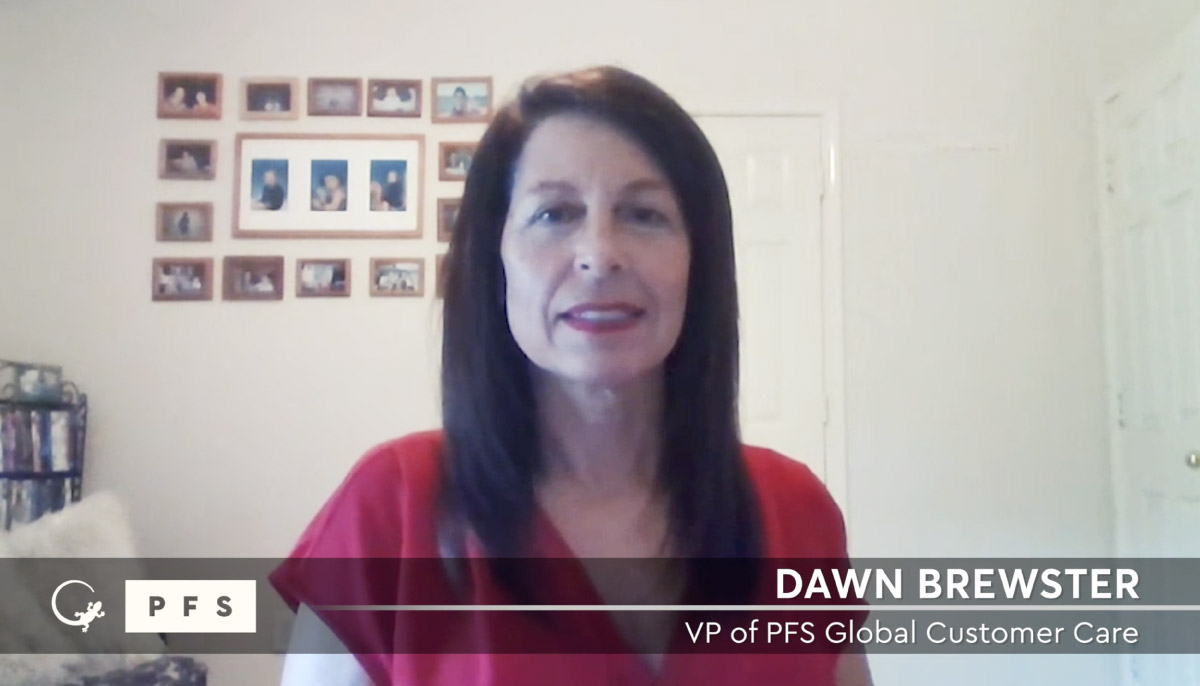
Meeting Customer Service Expectations During the Busiest Season
Many retailers currently facing significant hurdles, including labor shortages, major supply chain delays and high consumer demand, may feel underprepared for inevitable spikes in activity as the seasonal timeline closes in. In addition to logistical hurdles brands are facing, customer service expectations are at an all-time high. According to a recent report by Talkdesk Research, 58% of consumers said their customer service expectations are higher today than they were a year ago and furthermore, 68% of customers state that it takes just one bad service experience to reduce their brand loyalty.
Typically, planning for Peak Season starts several months before actual product sales cycles begin. While it may be too late to plan elements such as multi-node fulfillment or set up picking and packing infrastructure and technology, there is still plenty of time to get your customer service operations setup for success.
- Are you prepared for the influx of customer service inquires?
- Are you ready to double or even triple the size of your customer service team?
- Are you equipped to quickly scale support in response to demand?
Here are the critical customer service aspects to consider ahead of Peak Season.
Getting set up for success
Inconveniences and waits for customers are frustrating, and for those responsible for customer service, the challenges are immediate and pervasive – even more so should a brand need to add support mid-season due to higher-than-expected volumes.
To mitigate the risk of negative customer experiences, brands may want to consider outsourcing in order to spin up a customer service operation quickly, as needed.
Relying on a BPO expert can expedite the process, allowing for an entire customer service team to be set up in as little as one to three weeks. The answers to the questions below will determine the overall turnaround time.
- Are you looking to use your own customer support software stack?
- Is there an integration component?
- How long will the talent assessment process take?
A BPO who owns their own Customer Relationship Management (CRM) typically has the ability to integrate with a brand’s Order Management System (OMS) in a timely manner, often within two weeks.
Additionally, an effective Workforce Management tool will assist with handling all the scheduling and forecasting for brands that have varying needs and metrics. This also ensures that you have the resources required to support all channels – chat, email, or phone.
Labor Shortage & How to Appeal to Future Employees
According to a recent US Chamber of Commerce report, the labor shortage limits economic growth in local areas according to 90% of local chamber of commerce leaders. Many companies face a higher demand for goods and services, with significantly less labor availability, combined with uncertainty about the ability to pass higher costs on to customers. Successful customer service in support of economic growth also requires not just recognition of supply chain disruptions, but an alignment of effective hiring solutions.
It’s important to develop job descriptions that relate to different industries and brands. For example, a call center agent who is adept in knowing oral health products may not be the best agent to address questions about an outdoor lifestyle brand.
It’s also vital to consider an array of candidate qualifications when building a customer service stack, in order to adequately meet customer contact format and touchpoint needs, that require different training and approaches.
Working with a third-party partner can help ease this process and help you find the right staff even amid the labor crisis. When filling these roles, there are many tactics to consider, including raising the entry-level rate, hiring on the spot, and, most importantly, providing a remote or flexible work environment. A BPO can help support this by utilizing their already-established relationships with hiring agencies. They can plug employees into a schedule that fits their lifestyle and interests, ultimately helping combat agent attrition.
Evolving customer service expectations and trends
Customer service issues can accelerate quickly, especially considering primary purchasing is now happening digitally in the home. The recent surge in digital and omnichannel adoption, particularly among new or infrequent users, is set to continue.
To assist with the fast-paced social media customer service lifecycle, Unified-CXM platform tools such as Sprinklr which can monitor several social platforms at once – such as Instagram, Facebook and Twitter – and scan for customer dissatisfaction. This tool helps the agent monitor the various platforms and respond to a situation promptly. Social monitoring is vital since it has become one of the “go-to” mediums or, in some cases, the last resort after experiencing lag time in email or by phone. Either way, brands must be vigilant and conscious of the impact these posts have and how far reaching they are – they are seen not only by other customers but, in many cases, by those at the executive level.
According to the PFS 2020 Post-Peak Report, 50% of retailers felt they did not have enough time (budget or people resources) to make proper operational changes ahead of last year’s Peak season. Though many retailers have since revised their strategy for Peak planning, weeks if not months ahead of schedule, 2021 has brought with it, new sets of challenges as well as an increase in existing ones, as we’ve seen with growing customer service expectations. Wherever you find yourself in the Peak planning process, it’s not too late to lock in your customer service operations.


